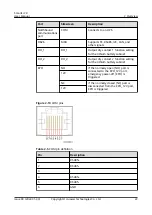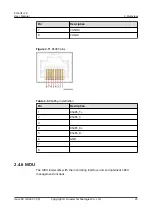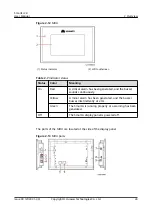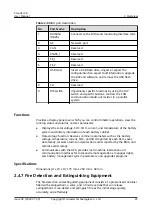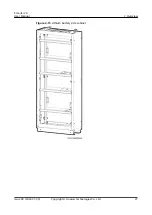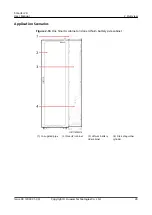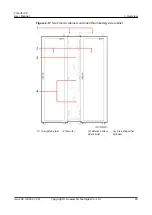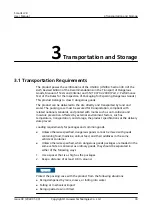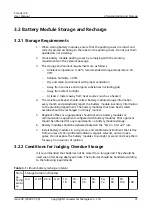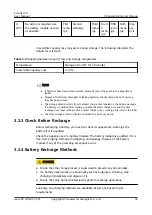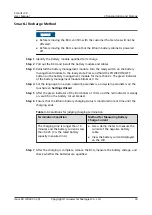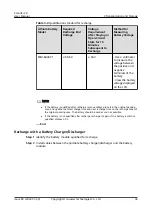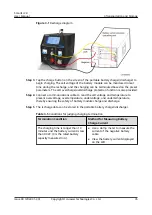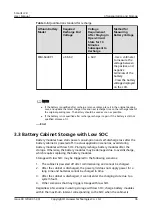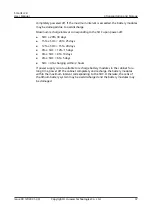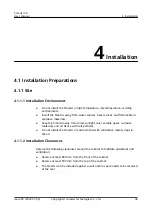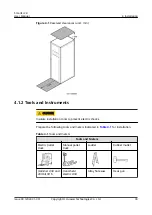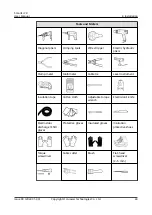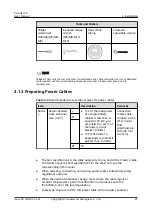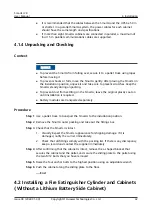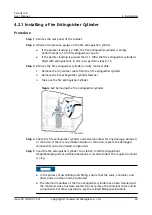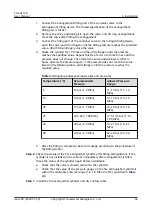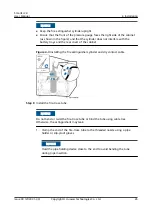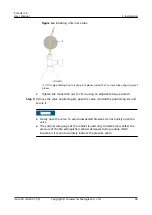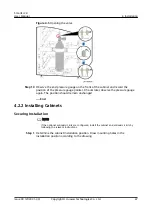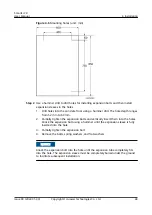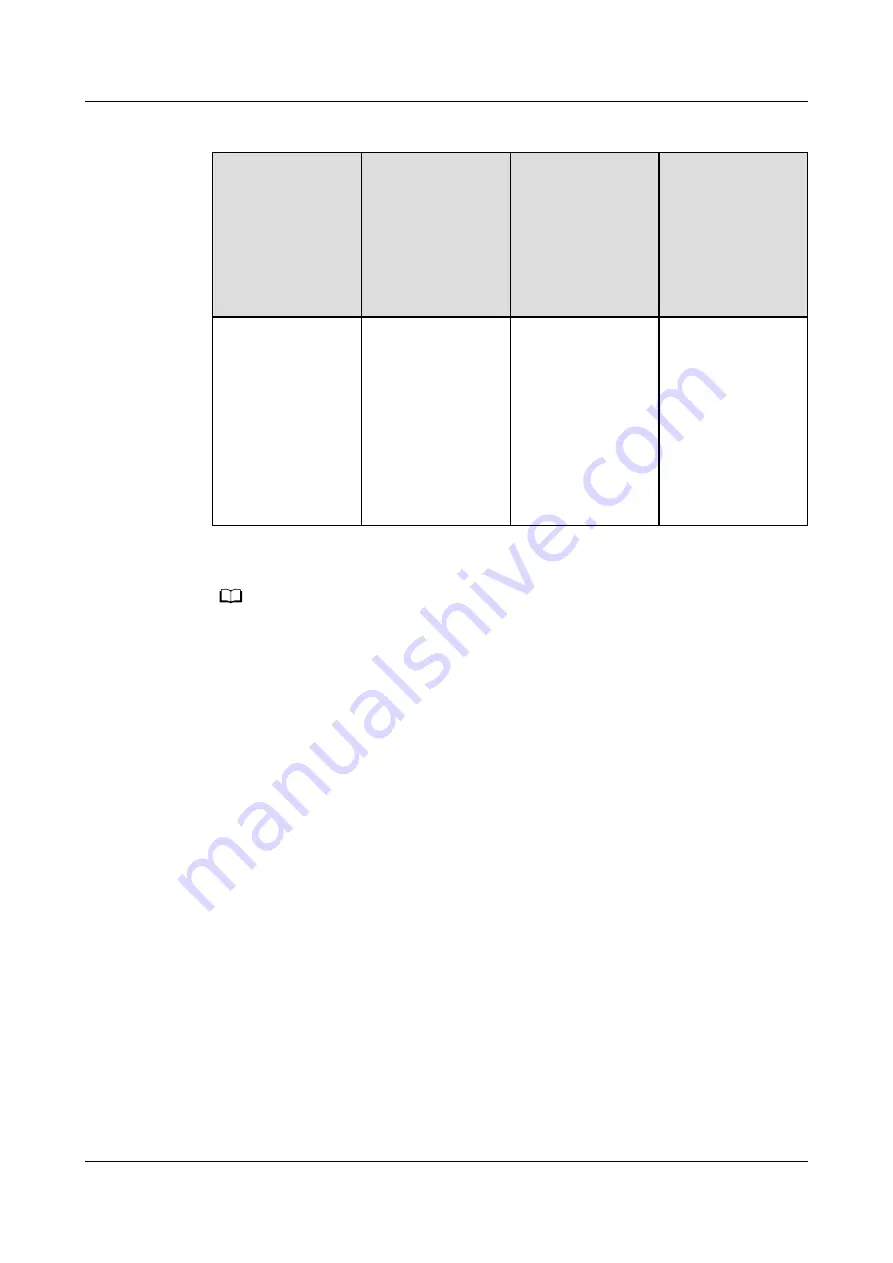
Table 3-6 Qualification standard for recharge
Lithium Battery
Model
Required
Recharge End
Voltage
Voltage
Requirement
After Staying in
Open-Circuit
State for 10
Minutes
Subsequent to
Recharge
Method for
Measuring
Battery Voltage
ESM-6440P1
≥ 66.6 V
≥ 64 V
· Use a voltmeter
to measure the
voltage between
the positive and
negative
terminals of the
battery.
· View the battery
voltage displayed
on the LCD.
NO TE
● If the battery is qualified after recharge, remove cables, place it in the original packing
case, and update the latest charge time and next recharge time on the recharge label of
the original packing case. The battery should be used as soon as possible.
● If the battery is not qualified after recharge, recharge it again. If the battery is still not
qualified, dispose of it.
----End
3.3 Battery Cabinet Storage with Low SOC
Battery modules have static power consumption and self-discharge loss after the
battery cabinet is powered off. In actual application scenarios, avoid storing
battery modules with low SOC. Promptly recharge battery modules after the
storage. Otherwise, the battery modules may be damaged due to overdischarge,
which requires replacing the battery modules.
Storage with low SOC may be triggered in the following scenarios:
1. The cabinet is powered off after commissioning and cannot be charged.
2. After the cabinet is discharged, the power grid does not supply power for a
long time and batteries cannot be charged in time.
3. After the cabinet is discharged, it cannot enter the charging state due to a
system fault.
4. Other scenarios that may trigger storage with low SOC
Regardless of scenarios involving storage with low SOC, charge battery modules
within the maximum interval corresponding to the SOC when the cabinet is
SmartLi 2.0
User Manual
3 Transportation and Storage
Issue 09 (2022-01-30)
Copyright © Huawei Technologies Co., Ltd.
36

